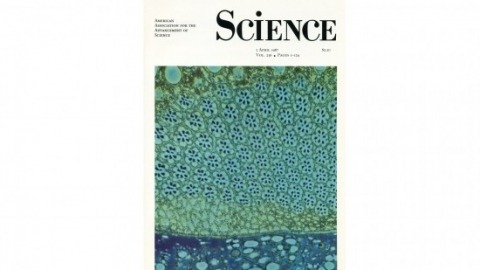Filter
Associated Lab
- Remove Rubin Lab filter Rubin Lab
Publication Date
Type of Publication
2 Publications
Showing 1-2 of 2 resultsThe Drosophila gene sevenless encodes a putative trans-membrane receptor required for the formation of one particular cell, the R7 photoreceptor, in each ommatidium of the compound eye. Mutations in this gene result in the cell normally destined to form the R7 cell forming a non-neuronal cell type instead. These observations have led to the proposal that the sevenless protein receives at least part of the positional information required for the R7 developmental pathway. We have generated antibodies specific for sevenless and have examined expression of the protein by light and electron microscopy. sevenless protein is present transiently at high levels in at least 9 cells in each developing ommatidium and is detectable several hours before any overt differentiation of R7. The protein is mostly localized at the apices of the cells, in microvilli, but is also found deeper in the tissue where certain cells contact the R8 cell. This finding suggests that R8 expresses a ligand for the sevenless protein.
The determination of cell fates during the assembly of the ommatidia in the compound eye of Drosophila appears to be controlled by cell-cell interactions. In this process, the sevenless gene is essential for the development of a single type of photoreceptor cell. In the absence of proper sevenless function the cells that would normally become the R7 photoreceptors instead become nonneuronal cells. Previous morphological and genetic analysis has indicated that the product of the sevenless gene is involved in reading or interpreting the positional information that specifies this particular developmental pathway. The sevenless gene has now been isolated and characterized. The data indicate that sevenless encodes a transmembrane protein with a tyrosine kinase domain. This structural similarity between sevenless and certain hormone receptors suggests that similar mechanisms are involved in developmental decisions based on cell-cell interaction and physiological or developmental changes induced by diffusible factors.


